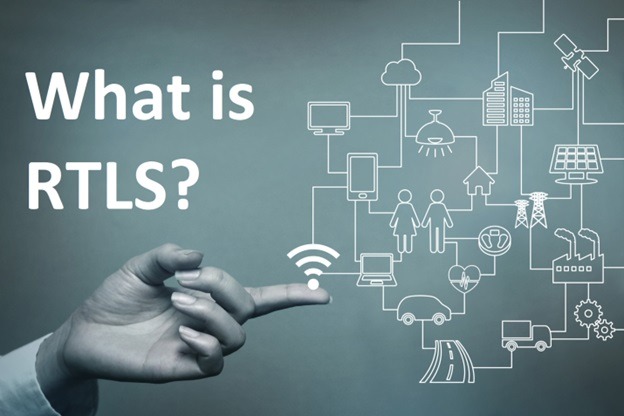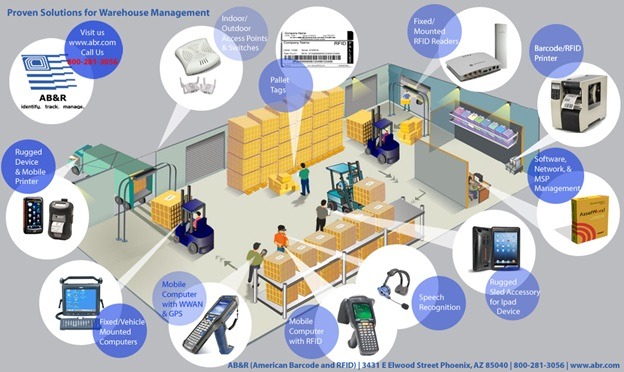Let’s face it; technology has revolutionized the business sector in myriad ways. Nowadays, most factories embrace technology to boost productivity, efficiency, and profits. An example is RTLS, it’s commonly used in warehouses and healthcare, and its benefits are immense.
Understanding RTLS
RTLS provides real-time information and data and uses various technologies such as sensor technologies, active RFID, semi-active RFID, passive RFID. It’s incorporated into real-time locating systems to achieve optimal tracking levels for your needs. Nowadays, most companies use RTLS to improve business intelligence and gain actionable insights for improved operational efficiency.
However, the accuracy depends on the object being tracked and the environment. Once you configure your system, you expect to get accurate updates after a scheduled time. Also, you can modify your application to notify you when a tag passes through a certain checkpoint.
Trends to look out for
1. Bluetooth direction-finding solutions
As technology advances, we expect to see Bluetooth direction-finding systems for mobile devices. These will have similar features like GPS that makes the technology stand out in outdoor location.
The common features may include;
- Unlimited capacity.
- Simple architecture.
- Inbuilt privacy.
- Easy integration & implementation among various devices
The similarities will make it easy to build accurate and reliable low-cost solutions. These will help navigate forklifts, automated vehicles, and mobile computers. Moreover, these features will encourage cooperation between companies, thus pushing ongoing activities allowing for Bluetooth standardization.
2. Location technologies for outdoor tracking
Fleet management solutions were common for indoor movement of goods in the past. However, more solutions have since come up, and different devices support outdoor tracking and floor movement across facilities.
Tracking devices now support deactivation and activation of various location technologies indoors and outdoors. For instance, it’s easy to spot cars featuring both indoor and outdoor technology. Examples include;
- Bluetooth direction finding or UWB for indoor location
- LoRa, GNSS, and SigFox for tracking the vehicle to the dealer site.
3. New RTLS systems that enhance communication between software systems
Interoperability is a significant issue among user industries. However, new RTLS systems have come up and enable improved communications between enterprises and software systems. This allows for the easy sharing of information. Again, suppliers are enhancing product flexibility through solutions that support interoperability. Suppliers also offer improved interoperable product solutions making it easy to gain a larger market share.
4. Different locating technologies in the RTLS portfolio
As companies adopt RTLS technology, many realize that some technologies don’t work as required. However, it’s now easy to manage different locating technologies to suit your needs.
There are now different RTLS technologies available, including;
- RFID
- Wi-Fi
- Bluetooth
- UWB
These feature various characteristics and your choice will depend on the specific technology and the location accuracy that users seek.
5. More accurate data thanks to UWB-based RTLS solutions
We expect significant growth in the UWB-based RTLS solutions market. This will provide more accurate data since the technology can support object location in high-intensity operations. Again, a decline in the cost of UWB tags has resulted in the increased implementation of UWB tags in RTLS solutions. These are common in manufacturing and logistics industries which play a significant role in the growth and development of UWB-based RTLS solutions.
6. Adoption of RTLS solutions for locating inventory in warehouses
RTLS solutions are now common in the supply chain management and warehouses. Operational automation and visibility allow for enhanced visualization of products in the supply chain. Most warehouses are now embracing RTLS technology to ease operations.
For instance, yard management employs RTLS technology, which involves receiving, storing, and shipping materials. Examples of yard management benefits include; easy tracking of inventory& shipments and enhanced visibility. This, in return, improves efficiency and customer satisfaction.
7. Growth of healthcare vertical
The growth of the healthcare vertical is expected to hold a big market share, which can be attributed to the adoption of modern RTLS-based solutions in the healthcare industry. There’s also increased adoption of IoT solutions in healthcare, which will contribute to increased growth in the RTLS market in the healthcare vertical. With the augmented adoption of RTLS technology, there are minimal issues regarding the safety and security of electronic health records and assets.
8. Reduced deployment costs
The cost of implementing this technology prohibits business owners and end-users from adopting the technology. Services like running cables, renting equipment, and supporting IT infrastructure components can be costly. However, you can now get complimentary equipment that still meets the standards. This helps minimize costs and increase the return on investment.
The bottom line
RTLS technology offers numerous benefits to industries and factories. It’s commonly used to enhance productivity and efficiency through item tracking, locating pallets in warehouses, ensuring adequate employee levels, etc. However, the RTLS technology keeps evolving, and understanding the current trends will go a long way. If you’re seeking to employ technology in your business, consult a leading tech company and enjoy improved productivity and customer satisfaction.


